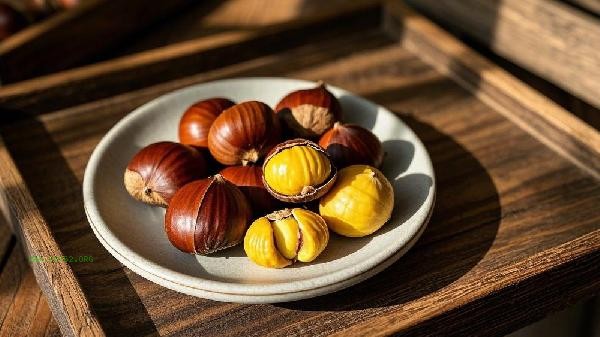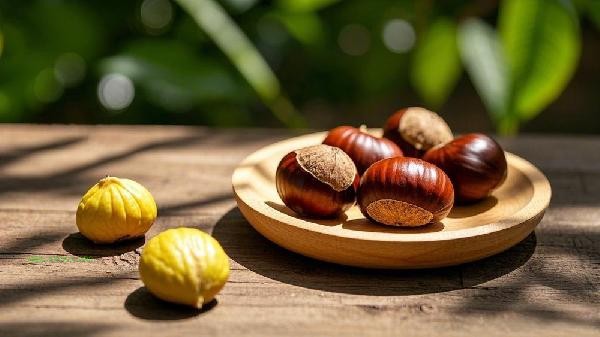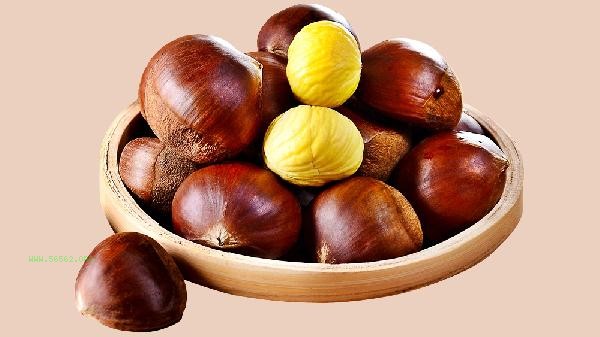When the skin inside fried chestnuts is not easy to peel off, it can be treated by heating softening, pre cutting or refrigeration peeling methods. The adhesion of chestnut endothelium may be related to variety characteristics, insufficient heating, or storage methods.

The difficulty in peeling off the inner lining of fried chestnuts is usually due to the adhesion between chestnut starch gelatinization and seed coat. When fresh chestnuts are heated, the outer layer of water evaporates and the internal starch expands, causing the seed coat to tightly adhere to the flesh. Chestnuts with shells can be sliced with a cross before baking. High temperature steam will cause the seed coat at the cut to curl and curl, making it easier to peel off after cooling. Chestnuts that are not fully cooked can be heated in a microwave over high heat, and steam pressure will cause the seed coat and flesh to separate. After refrigeration, chestnuts shrink due to starch retrogradation, creating gaps between the flesh and seed coat. Pressing both ends by hand can completely peel them off.

Some old varieties of chestnut have a high content of tannins in their inner lining, which combine with proteins to form a dense structure when exposed to heat. It is recommended to boil these chestnuts in boiling water for 3 minutes first, and wait for the outer seed coat to absorb water and expand. Then, use a toothpick to open the inner coat from the incision. If the sugar stir frying process is used, high-temperature caramel may penetrate into the inner skin gaps. It can be soaked in warm water to soften the sugar before peeling. Chestnuts that have been stored for too long may experience water loss and fibrosis of the seed coat, leading to increased adhesion. After steaming, they can be wrapped and rubbed with a towel while still hot.

When dealing with stubborn chestnut peels, attention should be paid to avoiding burns, and it is recommended to wear kitchen gloves for operation. When making daily purchases, priority should be given to fresh chestnuts with shiny shells and elastic pressing. Before frying, thoroughly clean and air dry the surface moisture. Chestnuts are rich in B vitamins and minerals. Eating them as soon as possible after peeling can preserve more nutrients, and the remaining flesh can be sealed and frozen for storage. People with weak spleen and stomach should control their single consumption and avoid excessive intake that can cause gastrointestinal bloating.








Comments (0)
Leave a Comment
No comments yet
Be the first to share your thoughts!